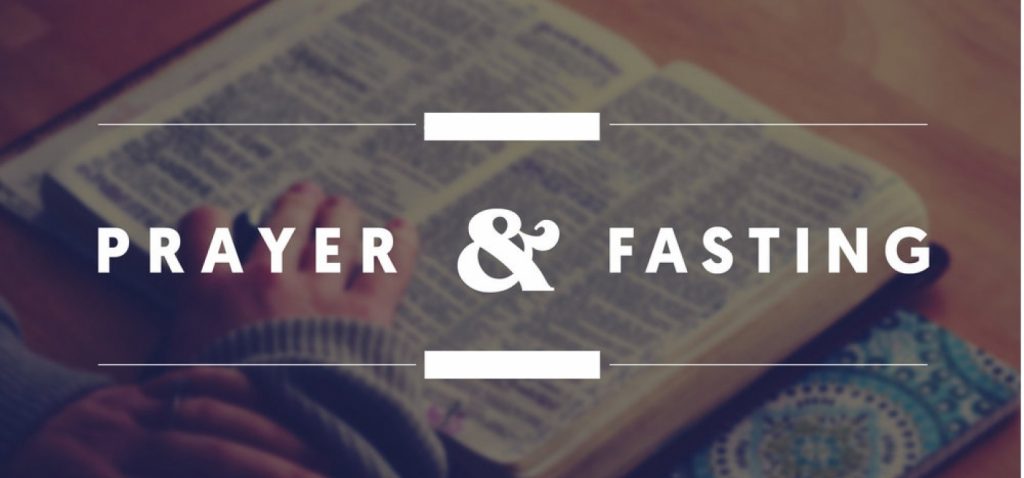Prayer and Fasting

This week I want to encourage reflection on bodily practices related to prayer. Last week I mentioned the clear biblical connection between fasting and prayer, which shows that our bodies are not unrelated to prayer. Christians are not Gnostics – those who degraded the place of the body in humans and who sealed off the realm of the spirit from the realm of the body. We know that the spirit and body are intimately connected. Thus, it should not surprise us to learn that our bodies can encourage or discourage prayer.
In Scripture, we see many bodily positions linked with prayer and worship. We can stand (Mark 11:25), kneel (Ephesians 3:14), bow (Psalm 5:7), and lie prostrate (Deuteronomy 9:18). We also read of bodily actions such as weeping (Nehemiah 1:4-11), shouting (Psalm 66:1), clapping (Psalm 47:1), and being still (Psalm 46:10). The point is not to say we must have one bodily position, but rather that our bodies should be used in a way that reflects our prayer. When we are repenting of our sin and asking forgiveness, kneeling or bowing is far more appropriate than jumping and shouting!
Personally, I have often found moving while I am engaged in personal prayer to be helpful. Rather than sitting, I seem to focus better when I walk around. This might be different for each of us. But one thing is certain – the way you use your body will have an effect on your time of prayer. It is not neutral. So it is worth considering.
This is the last of the prayer tips I will be sharing in this series. I hope they have been helpful, reminding you of something you had not practiced in a while or mentioning something new. My deep hope is that these will help each of us grow in our life of prayer.
In Christ,
Bret
